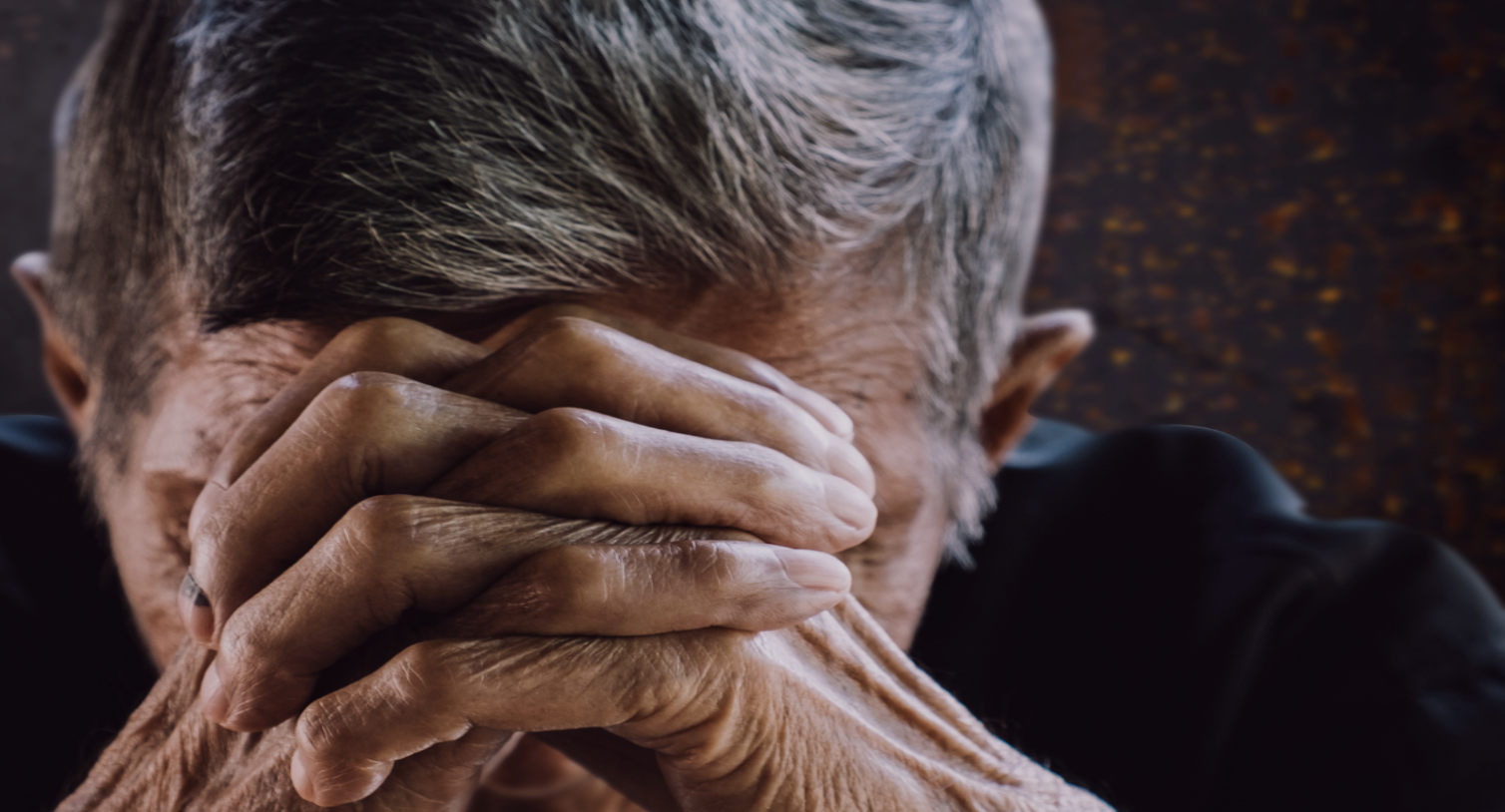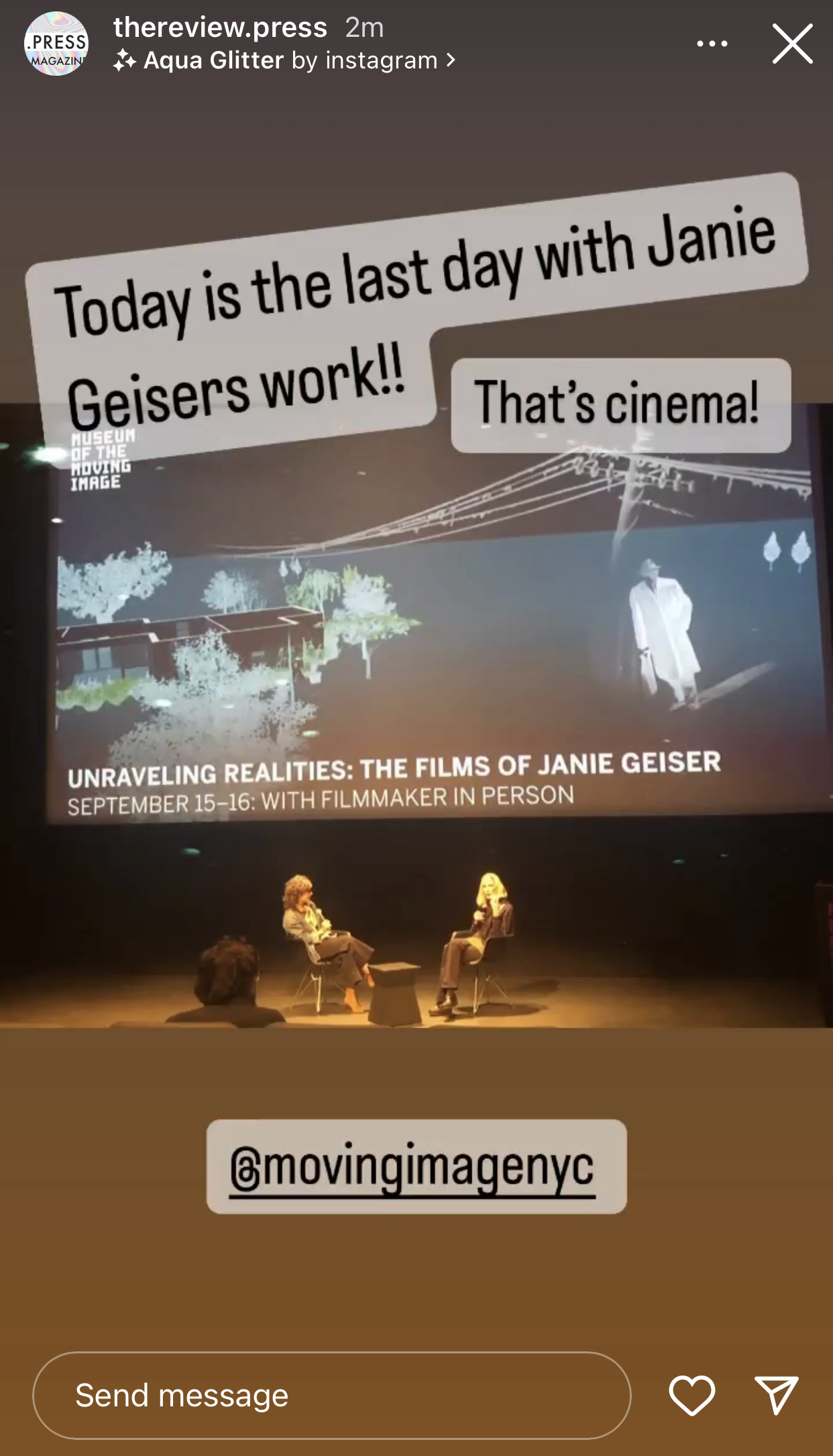Violence against older people happens all over the world. It can look different and happen in many different places, like families and homes, the workplace, care facilities, public places, the media, online, and emergency rooms. Also, it can be done by a wide range of people, such as family members, caregivers, legal guardians, health professionals, government workers, and financial reps. Most of the time, this kind of violence and abuse goes unreported and is still a taboo in many places.
The lack of data
One thing that makes it hard to deal with violence against older people is the lack of accurate information and data. A lot of information about violence, abuse, mistreatment, and neglect in later life is missing, which makes it hard to see. Violence surveys rarely include older people, and the measures used may not be able to pick up on all types of violence and abuse against older people. Estimates of some types of abuse show how big of a problem it is. One example is that the World Health Organization says that one in six people over the age of 60 have been abused in a group setting. Institutions like nursing homes and long-term care facilities are thought to have high rates of elder abuse because two out of three staff members have abused an elderly person. During the COVID-19 pandemic, the number of people being abused went up, and this trend is likely to continue as many countries’ populations age quickly.
Sexual violence in older age is a reality
To understand violence and abuse against older people and find ways to stop it, it is important to identify risk factors, gaps in prevention and protection, and groups that are especially at risk. Violence and abuse victims who are older may not be able to get the help they need because of things like bad or hard-to-find reporting and protection systems, lack of information about rights and how to make a complaint, and lack of laws, among other things.
Information is needed about how to report abuse, what help is available for victims, and how to get help. There should also be a focus on things that are considered taboo, like sexual violence in older age. Certain groups, like older women, older people with disabilities, older lesbian, gay, bisexual, and transgender people, and situations like forced displacement and conflict settings, where intersectional factors make the risk of violence and abuse higher, need special attention.


Follow the discussion at the United Nations
An expert panel will provide updates on closing the circle, taking into account policies through relevant outcomes of the fourth review and appraisal of the Madrid International Plan of Action on Ageing (MIPAA); universal laws and how a legally binding instrument can provide standards to prevent and combat elder abuse; as well as updates on the implementation of the five priorities of the Decade to tackle the abuse of older people through evidence-based gap maps, population based surveys and cost-effective solutions. The event is sponsored by the Permanent Mission of Argentina to the United Nations. It will be broadcasted live and on demand on UN Web TV.




